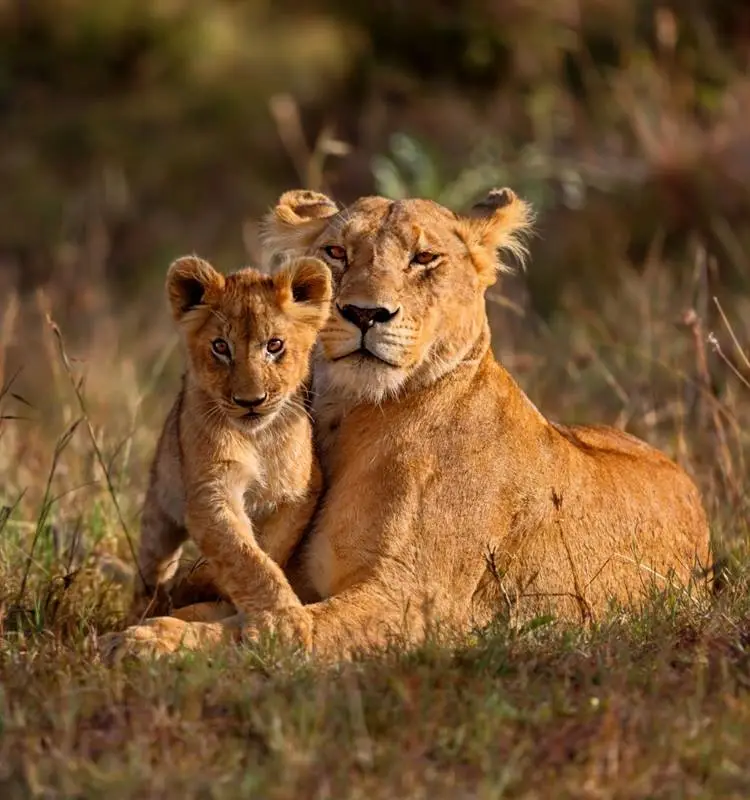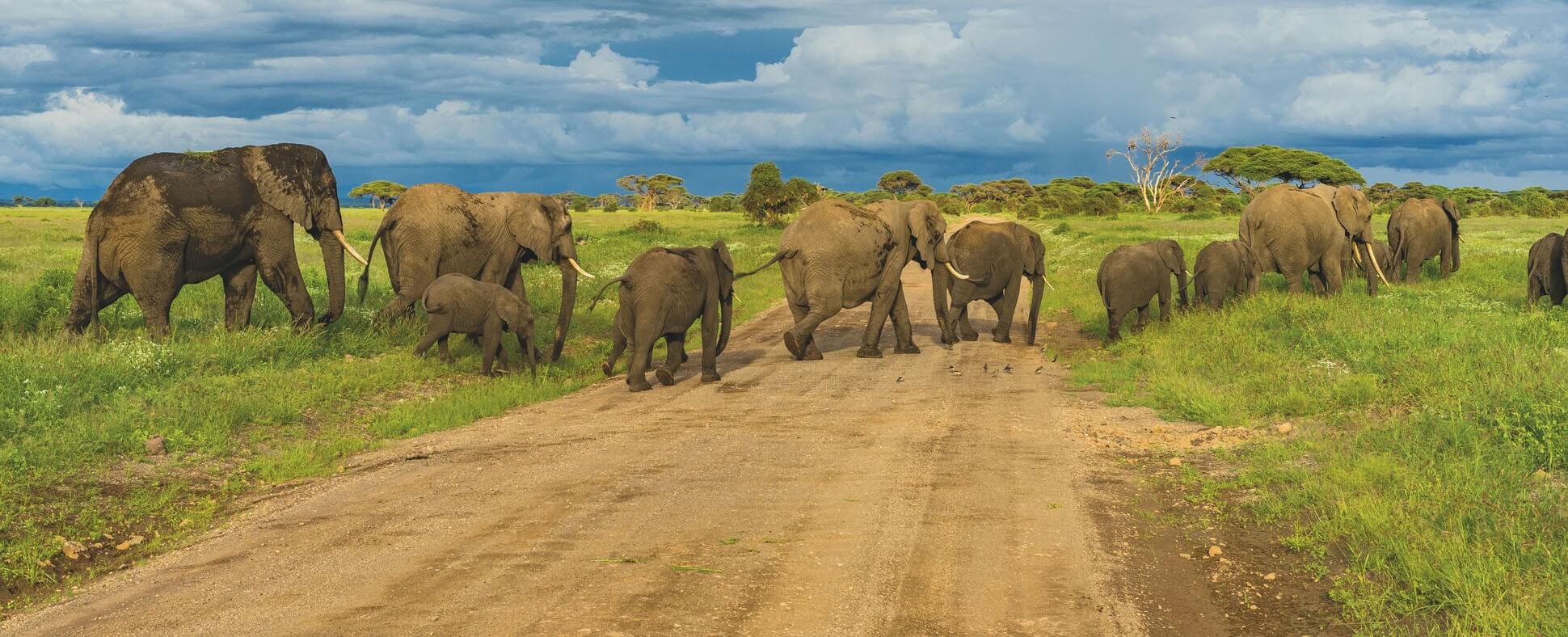Generally, people visit Tanzania for the reason of going on a wildlife safari, climbing Mountain Kilimanjaro or for relaxation at the pristine beaches of Zanzibar, this guide will help you understand the best times of the year for the above diverse adventures while planning to visit Tanzania.
There are mainly two biggest seasons in Tanzania, the dry season and the wet season
 Dry season (June to October)
Dry season (June to October)
The ideal months to view the wildebeest migration
The northern Serengeti’s wildebeest river crossings are best viewed from August to September.
Due to their concentration around waterholes and rivers, animals are easy to notice.
Because there is little to no rain, there are fewer mosquitoes.
Most days are sunny and the skies are clear.
Bring thick clothing because it is chilly in the mornings and at night.
Wet season (November to May)
In the southern Serengeti, calving occurs between January to February, and this is a great period to observe predator activity.
The environment is lush and lovely, and because it’s the off-season, prices are lower and the parks are less crowded.
You’ll still encounter plenty of wildlife even though it’s easier to observe it in the dry season, especially in the northern circuit parks.
Because of the presence of migratory birds, bird watching is excellent.
Except for March, April, and May, precipitation are often brief afternoon showers that don’t significantly affect travel plans.
The Wet season is at its height from March through May.

